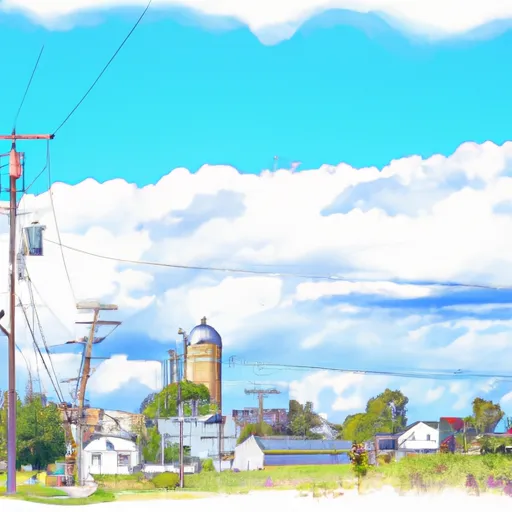°F
°F
mph
Windspeed
%
Humidity











Killduff, Iowa is a small town located in Jasper County, in the heart of the American Midwest. The town experiences a continental climate with four distinct seasons. Summers are warm and humid, with average temperatures ranging from the mid-70s to low 80s Fahrenheit. Winters are cold, with temperatures often dropping below freezing and occasional snowfall.
The hydrology of Killduff is mainly influenced by its proximity to the Skunk River, a tributary of the Mississippi River. The river provides a water source for the town and supports a variety of aquatic life. Additionally, the region has several small creeks and streams that contribute to the local hydrology.
For outdoor enthusiasts, Killduff offers various recreational opportunities. The Skunk River and nearby waterways are ideal for fishing, boating, and canoeing. The surrounding landscape provides opportunities for hiking, birdwatching, and wildlife observation. The town also has a few parks and picnic areas where residents and visitors can relax and enjoy the outdoors.
In conclusion, Killduff, Iowa offers a continental climate, with warm summers and cold winters. The town's hydrology is influenced by the Skunk River and other local creeks and streams. Outdoor recreation opportunities include fishing, boating, hiking, birdwatching, and wildlife observation.
Weather Forecast
Killduff receives approximately 908mm of rain per year, with humidity levels near 83% and air temperatures averaging around 10°C. Killduff has a plant hardyness factor of 5, meaning plants and agriculture in this region thrive during a short period during spring and early summer. Most plants will die off during the colder winter months.
Regional Streamflow Levels
62
Cubic Feet Per Second
111
Cubic Feet Per Second
63
Cubic Feet Per Second
8
Cubic Feet Per Second
Nearby Camping
| Camping Area | Reservations | Toilets | Showers |
|---|---|---|---|
| Pilot Grove City Park | |||
| Unionville City RV Park | |||
| Salisbury City Park | |||
| Versailles City Park | |||
| Katy Roundhouse Campground | |||
| Maxwell Taylor Park |



